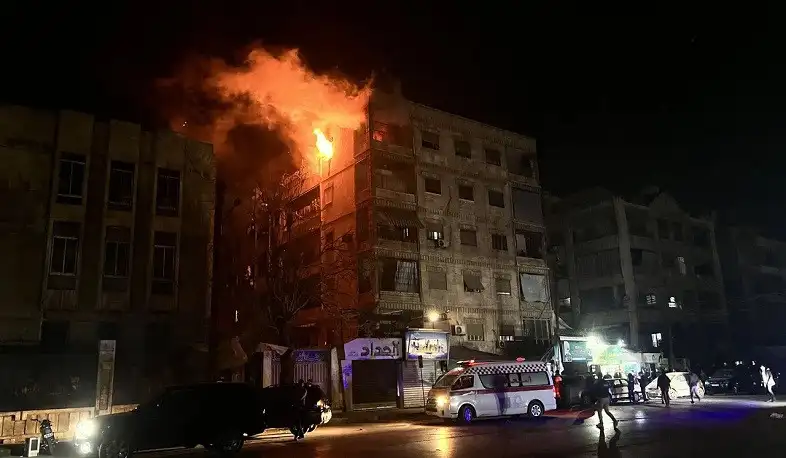Torrential rains starting September 8, 2025, triggered Bali’s worst floods in a decade, killing at least 14 people. Rivers burst their banks, submerging homes and roads across the island.
Although water levels are receding, rescuers continue searching for two missing people in Denpasar, where eight deaths occurred.
Widespread Damage and Evacuations
The floods affected nine cities and districts, with 120 neighborhoods submerged and a dozen landslides reported. Authorities evacuated over 500 residents to schools and mosques.
Landslides blocked major roads, and two bridges suffered damage, complicating rescue efforts. Bali resident Tasha told reporters, “The flooding was shocking. I thought Bali had better drainage.”
Key Details of the Crisis
- Death toll: Eight in Denpasar, three in Gianyar, one in Badung, and two in Jembrana from electrocution.
- Evacuations: 85 people relocated in Jembrana; two buildings collapsed in Denpasar.
- Rainfall: Over 385mm in 24 hours, doubling the threshold for extreme rainfall.
Emergency Response and Challenges
Bali’s government declared a week-long state of emergency. President Prabowo Subianto ordered swift aid delivery, expressing condolences.
Nyoman Sidakarya, head of Bali’s search and rescue, said floods made access difficult, with even trucks struggling to pass. Over 400 personnel are clearing debris and searching for survivors.
Broader Impact in Indonesia
Neighboring East Nusa Tenggara reported three deaths, two injuries, and four missing due to floods.
Tourist areas like Kuta and Canggu faced disruptions, with clogged drainage systems worsening the crisis. Bali’s ongoing waste management and infrastructure issues amplified the flooding’s impact.
Why It Matters
The floods highlight Indonesia’s vulnerability to extreme weather, worsened by climate change and poor infrastructure. Bali remains under a severe weather warning, though rains should ease.
The disaster underscores the need for better waste management and flood defenses to protect residents and tourists.























